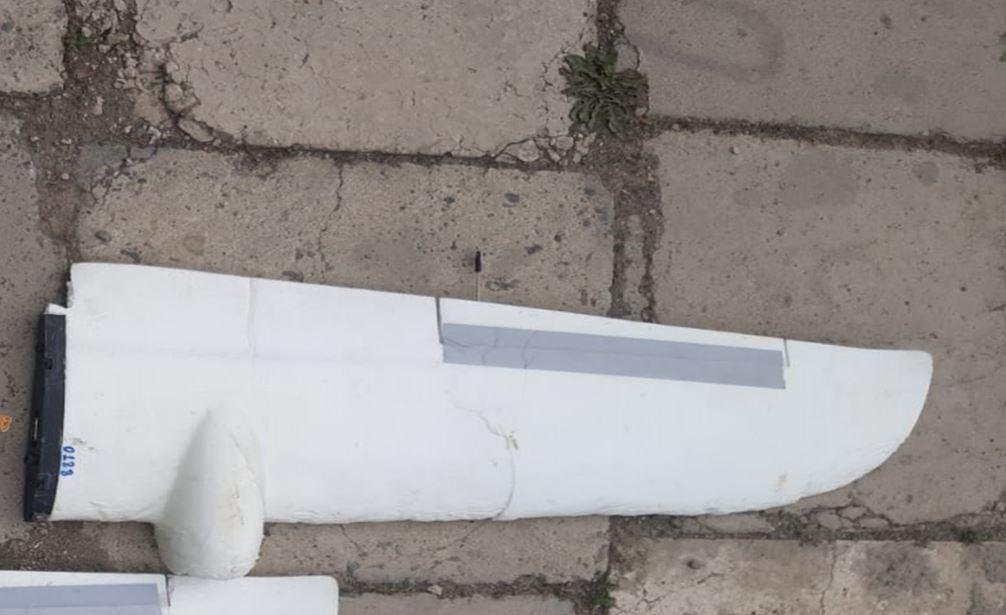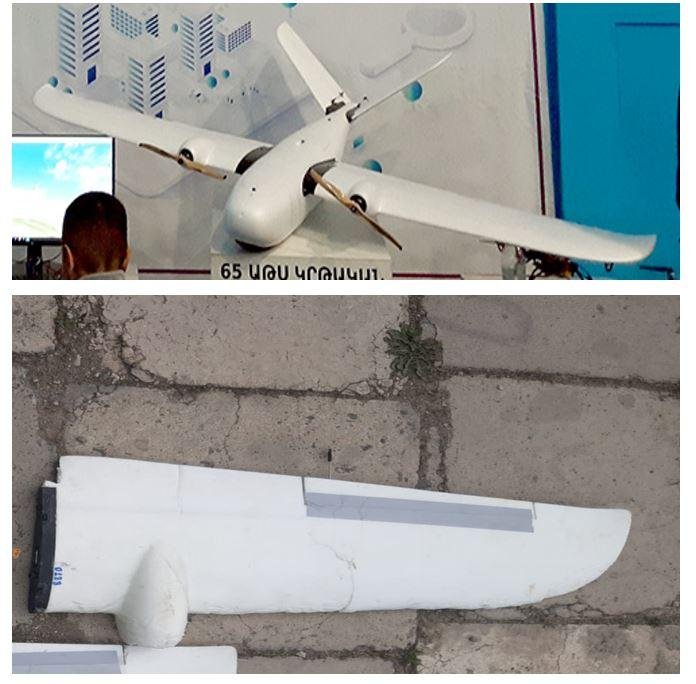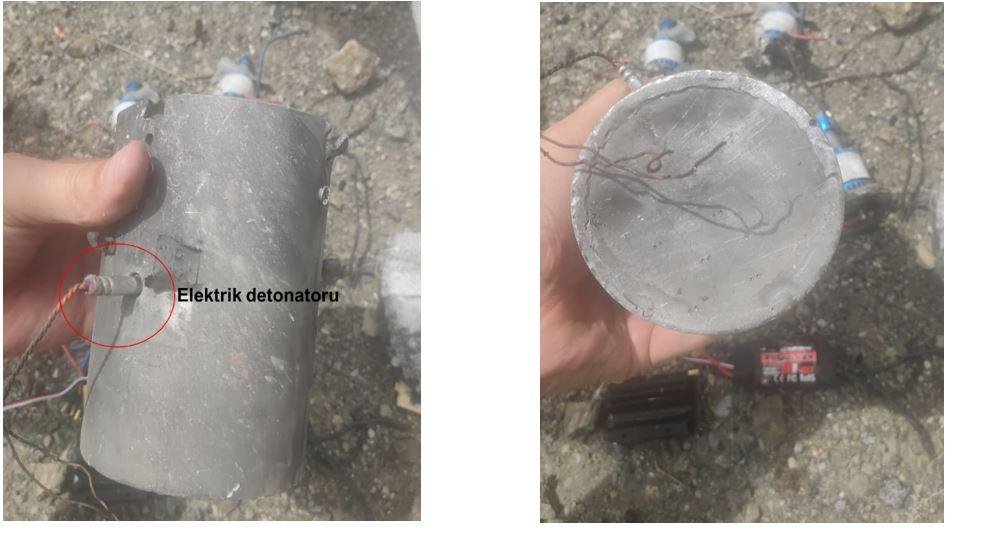Child labour in Armenia's makeshift UAV production Photofacts
After the devastating defeat in the 44-day war, in which Azerbaijan's skilful use of Israeli and Turkish UAVs played an important role, Armenia began to prioritise the need for the Armenian army to acquire this type of weapon for a possible new war with Azerbaijan. Naturally, it was impossible to buy them from the world's renowned UAV manufacturers - the US, Türkiye, and Israel. Then Yerevan began to explore other ways to acquire the drones. There were only two options. But we will talk about them a little later.
In the meantime, let us dwell on the study of the wreckage of UAVs used by the Armenian side. As already reported by Azerbaijan’s Ministry of Defence, on May 11 and 12, Armenian Armed Forces units stationed in the Basarkechar region used UAVs to hit the Azerbaijani Army’s several positions in the territory of the Kalbajar region from various directions. Our units timely detected the aerial targets and, using electronic warfare means, disabled them before reaching the target.

A study of the remnants of these striking drones raises some interesting conclusions about the technology and how it was created. Although "technology" is an overstatement.

In reality, the Armenians used primitive manufacturing methods and components to build the UAV. For example, the Raspberry Camera v2.1 installed on it is a common consumer product available on the market. This inexpensive mini-camera computer is used for video transmission, but its quality and reliability are a big question.

We also find that the drone's engine and controller were taken from commercially available quadcopters. This suggests that the simplest and most affordable components were used in the production of the UAV, which may reduce the reliability and efficiency of these vehicles.

Now let's move on to the very two options for getting the UAVs we discussed above. Since buying UAVs from Türkiye, the United States, and Israel was not possible, and Iran has other important customers for its devices, in particular Russia, which needs Iranian UAVs in large numbers, there was another option - to produce UAVs domestically and in the quantity needed, if not for a full-scale war, then at least for border provocations.
Back in the autumn of 2021, the Armenian media reported that the first training ground for drones had been commissioned in Armenia. However, they were to be produced by ... schoolchildren with the help of local companies specialising in electronics. And although it was officially reported that the UAVs produced by schoolchildren were required for the needs of the Ministry of Emergency Situations, it is clear that the authorities needed them exclusively for military purposes. That is, not to rescue Armenians stranded in the mountains, but to kill Azerbaijanis.

Similar "young naturalists' circles" of “ArMath” are scattered throughout Armenia - in Gorus, Iravan, Gyumri and Dilijan. According to media reports, altogether over 500 specialized laboratories have been set up in Armenia, in the zone of the Russian peacekeepers’ temporary responsibility in Azerbaijan’s Karabakh region and in Samtskhe-Javakheti (Georgia). Naturally, most of the work of these laboratories (ArMath Airborne) is aimed at creating UAVs for the needs of the Armenian army.
This situation demonstrates, on the one hand, that the Armenian authorities are resorting to the most abhorrent method - involving children in arms production - and, on the other hand, shows the lack of professional specialists and the need to appeal to schoolchildren.
However, it is important to understand that even rudimentary and makeshift UAVs can pose a threat and cause damage. Whether it is a simple quadcopter with a camera or a more sophisticated model, in military conflicts they are used to strike. Therefore, we must be prepared to destroy any enemy UAV, whether it is an advanced Iranian model or an artisanal Armenian one. Every UAV, regardless of its origin or technological level, requires an adequate approach to detection, tracking and countering.








